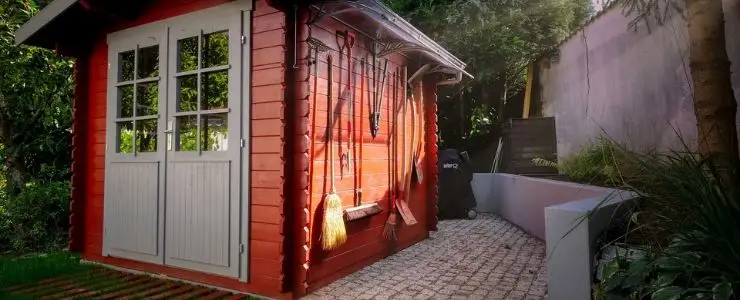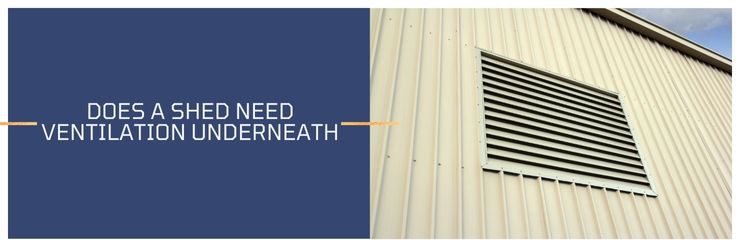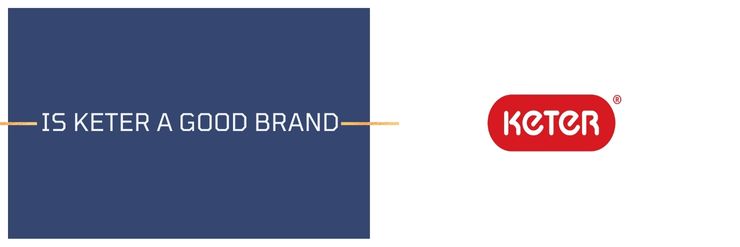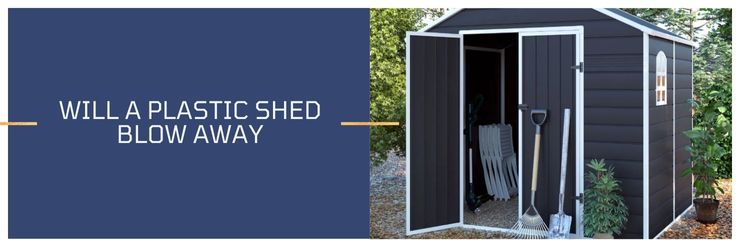If you’re like me, then you probably see a shed as a necessary addition to your home. It’s the perfect place to store tools, lawn equipment, and holiday decorations. But what about the floor, does a shed floor need to be treated?
A shed floor does not need to be treated. However, If you choose to do so, there are a few treatments you can use. One is to seal the floor with a water-based sealant or a coat of paint. Another option is to apply a coat of boiled linseed oil, it will protect the wood and improve its appearance.
In this post, we’ll take a look at treating and not treating the floor of a shed and help you decide which is right for you. So read on – your shed may depend on it!
- Does a shed floor need to be treated
- How do I keep my shed floor from rotting
- Can you use untreated wood for a shed
- Should I use treated plywood for shed floor
- What do you coat a shed floor with
- What is the best flooring for a garden shed
- When to treat a shed floor
- 9 ways to make a shed floor last longer
- Conclusion
Does a shed floor need to be treated
There is no definitive answer to this question as it depends on the individual shed and the type of treatment that is used. Some people choose to seal or treat their shed floor with a waterproof sealant, while others may just leave it as it is.
If you do decide to treat your shed floor, make sure to use a product that is designed for this purpose and follow the instructions carefully.
Another factor to consider is the type of material that your shed floor is made from. If it is made from treated wood you may not need to add extra treatment to it.
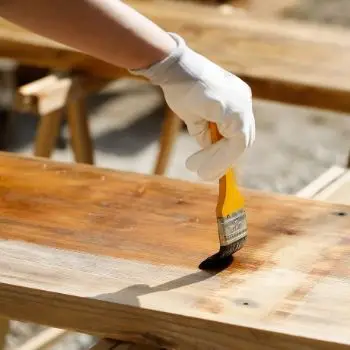
However, if it is made from untreated wood, then you will need to take extra steps to protect it from the elements. One option is to paint or seal the floor with a waterproof sealant, or you could install a moisture barrier underneath the flooring. Whichever route you choose, make sure to do your research so that you are using the right products and techniques.
Avoid just putting your shed directly on grass, read more on that here
How do I keep my shed floor from rotting
When choosing to floor for a shed, it’s important to consider the effects of moisture, sun, and temperature changes. One of the best ways to keep your shed floor from rotting is to choose the right flooring material. Without this key quality, the floor of your shed will quickly succumb to the elements, leaving you with a sagging and disintegrating floor.
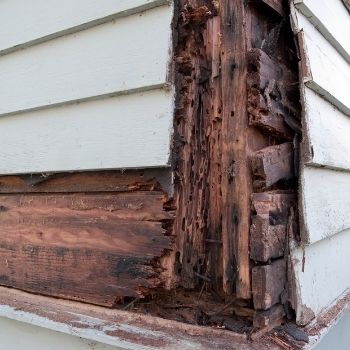
There are a few different ways to ensure that your shed floor is resistant to rot.
Concrete is a durable material that can withstand a lot of wear and tear. However, it can also be quite slippery when wet, so you may want to consider using another type of flooring material such as stone or tile.
Another is to treat the shed floor with a special sealant that will help to repel water and prevent rot.
Another option is pressure-treated lumber which has been treated with a chemical that helps to prevent rot. You can also take steps to increase ventilation in your shed and to keep the floor clean and dry.
For example, you can install louvered vents or windows and make sure that there are no gaps in the floor where water can seep in. By taking these precautions, you can help to keep your shed floor in good condition for many years.
Can you use untreated wood for a shed
If you are not comfortable using treated wood for your shed, there are a few other options. One is to use untreated pine, which is less expensive and more readily available than treated wood.
Another option is to use engineered lumber, which is made from smaller pieces of wood that are glued together. This type of lumber is not as strong as treated wood, but it is more resistant to moisture and decay.
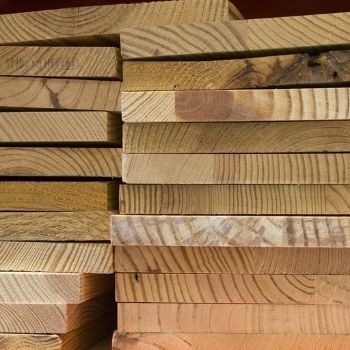
whichever option you choose, make sure that you follow the manufacturer’s instructions for installation.
Should I use treated plywood for shed floor
it depends on the individual shed and the treatment that is used. Some people choose to seal or treat their plywood floor with a waterproof sealant (Amazon link), while others may just leave it as it is. If you do decide to treat your plywood floor, make sure to use a product that is designed for this purpose and follow the instructions carefully.
Another factor to consider is the type of material that your shed floor is made from. If it is made from treated wood, such as cedar or redwood, then you may not need to do anything else.
However, if it is made from untreated wood, then you will need to take extra steps to protect it from the elements. One option is to paint or seal the floor with a waterproof sealant, or you could install a moisture barrier underneath the flooring. Whichever route you choose, make sure to do your research so that you are using the right products and techniques.
What do you coat a shed floor with
There are a few different products that you can use to coat a shed floor, including waterproof sealant, paint, and stain. However, it is important to choose the right product for your shed and the conditions that it will be exposed to. For example, if you live in a humid climate, you will need to use a sealant that is designed to withstand moisture.
Another factor to consider is the type of material that your floor is made from. If it is made from treated wood, then you will need to use a sealant or paint that is designed for this purpose. If it is made from untreated wood, then you can use a variety of products, including waterproof sealant, paint, and stain.
What is the best flooring for a garden shed
Some people choose to install a concrete slab, while others may use treated plywood or engineered lumber. In most cases, the best flooring for a garden shed is a concrete slab. This is because it is durable and easy to clean. It is also resistant to moisture and insects. If you choose to install a concrete slab, be sure to use a cement mix that will withstand exposure to the elements.
When to treat a shed floor
The best time to treat a shed floor is before the weather starts turning cold and wet. This will help to prevent moisture from seeping into the floor and causing rotting or decay. If your shed already has a damaged floor, you should repair it as soon as possible to prevent further damage.
There are a few different methods you can use to treat a shed floor, but the most common is to apply a coat of sealant or varnish. This will help to protect the floor from moisture and ultraviolet light. You can also use an epoxy coating to reinforce the floor and prevent water damage.
If your shed is made from wood, you should also consider treating the lumber with a preservative. This will help to protect the wood from moisture and decay, and will help to extend the life of your shed.
It is also important to keep the floor clean and free of debris. This will help to prevent moisture from building up and causing damage. Regularly sweeping or vacuuming the floor will help to
9 ways to make a shed floor last longer
1. Make sure the shed is situated on a level surface
2. Add a layer of gravel or crushed stone to the base
3. Install skids under the shed to help distribute weight evenly
4. Put down a moisture barrier before adding any flooring material
5. Use wood that is resistant to decay and insects
6. Choose a flooring material that will withstand moisture and wear
7. Install a ventilation system to help keep the shed dry
8. Regularly check for damage and repair as needed
9. Add a sealant or coat of paint to protect the floor from weathering
A well-constructed shed floor can last for many years if it is properly maintained. By following these simple steps, you can help keep your shed floor looking and performing its best.
Conclusion
So, does a shed floor need to be treated? A shed floor does not need to be treated, but it is recommended in order to protect it from the elements. There are a few different methods you can use to treat a shed floor, but the most common is to apply a coat of sealant or varnish. This will help to protect the floor from moisture and ultraviolet light. You can also use an epoxy coating to reinforce the floor and prevent water damage.
If your shed is made from wood, you should also consider treating the lumber with a preservative. This will help to protect the wood from moisture and decay, and will help to extend the life of your shed.

